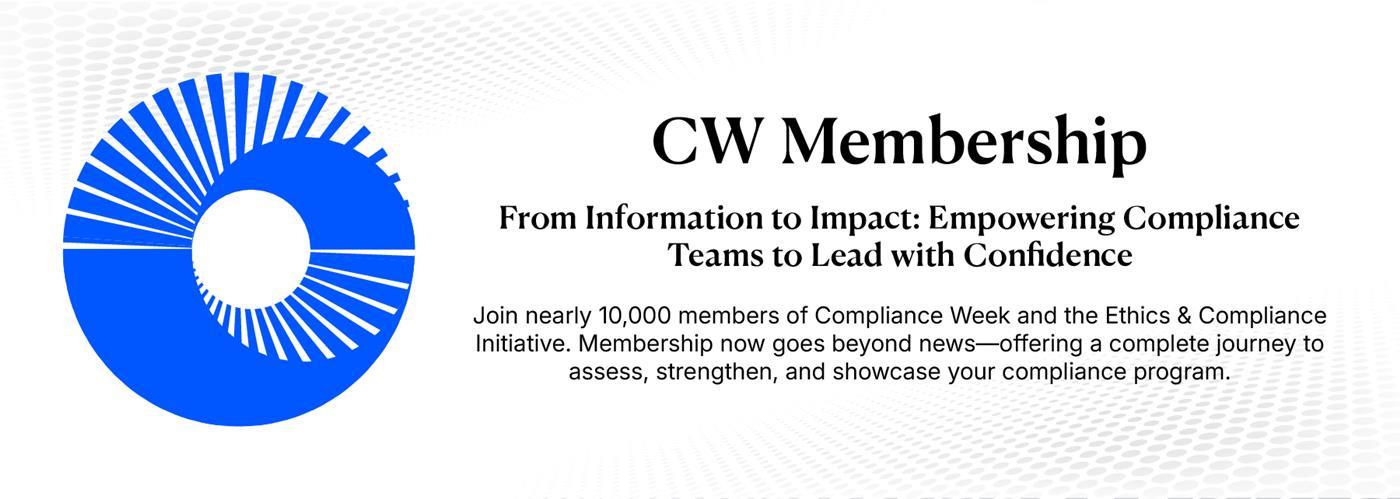Chapter 3: Criticality of preferred suppliers in supporting Flex’s sustainability efforts

Editor’s note: Compliance Week’s four-part case study, “Reaching into the value chain: How Flex helps drive sustainability beyond its walls,” is available exclusively to CW members.
When Flex joined the Science Based Targets initiative (SBTi) in 2021, the company looked closely at what it could do to reduce its Scope 1, 2, and 3 greenhouse gas (GHG) emissions in line with Paris Agreement goals. Flex’s 2030 sustainability goals are a product of that effort with the SBTi.
The company’s emissions-related reduction goals through 2030 include:
- Reducing absolute Scope 1 and 2 GHG emissions by 50 percent by 2030 from a 2019 base year;
- Ensuring 50 percent of “preferred suppliers” set their own GHG emissions reduction targets by 2025 and 100 percent by 2030; and
- Committing 70 percent of customers, as measured by emissions covering purchased goods and services, capital goods and use of sold products, would have science-based targets by 2025.
All three are ambitious goals, with the first being most feasible, practically speaking. That challenge falls within the company’s control. The second and third goals are trickier because they depend on the sustained partnership of suppliers and customers, respectively.
“Based on our 2019 data, 99.2 percent of GHG emissions are Scope 3. Scope 1 is 0.1 percent and Scope 2 is 0.7 percent. The balance is in the supply chain,” David Gessler, vice president of procurement and supply chain management at Flex, said. Flex’s Scope 1, 2, and 3 percentage breakdowns stayed generally constant in 2020 and 2021, according to its sustainability reports.
THIS IS MEMBERS-ONLY CONTENT
You are not logged in and do not have access to members-only content.
If you are already a registered user or a member, SIGN IN now.













